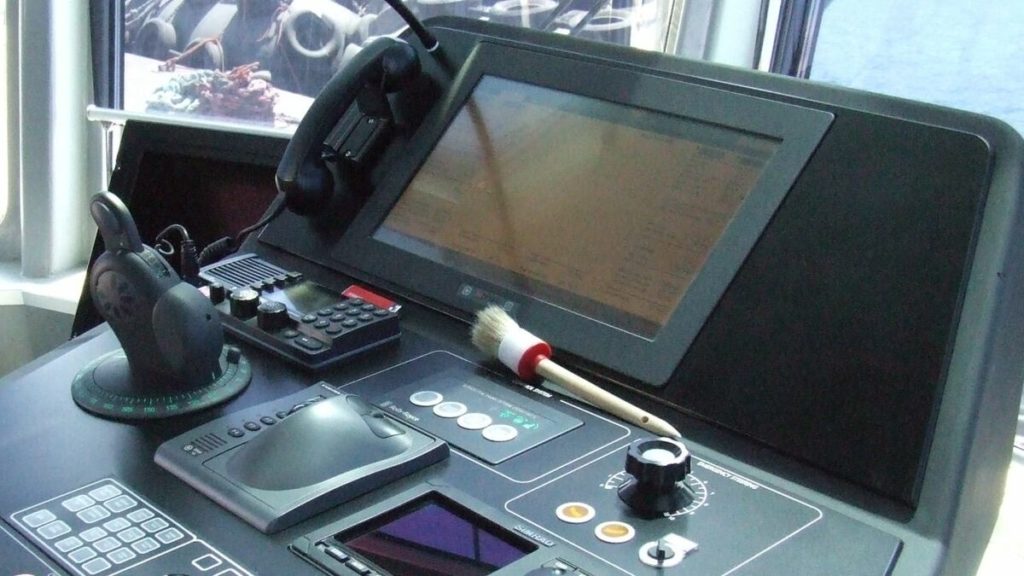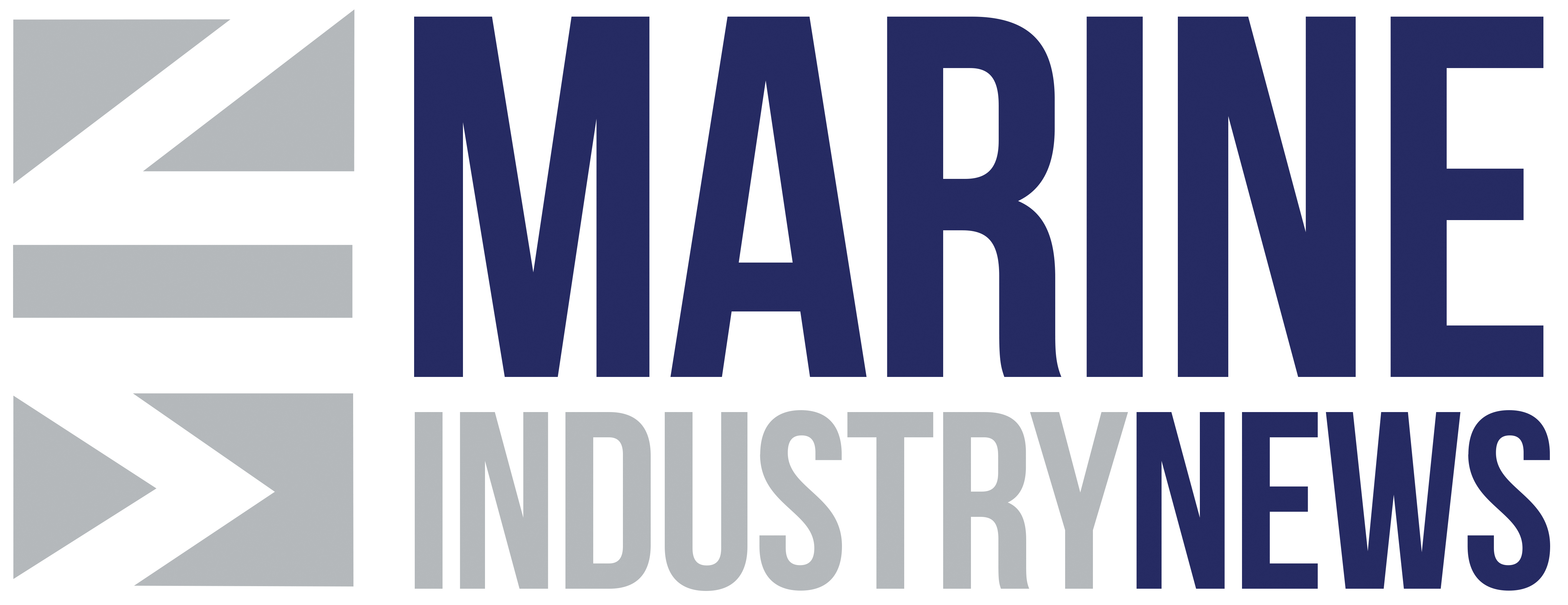Incorrect AIS data causes fatal collision

A deadly accident on the lower Mississippi River has prompted the US Coast Guard (USCG) to alert vessel owners to ensure they transmit accurate automatic identification system (AIS) data.
The safety alert comes after two towboats collided on the river while towing barges, leading one to capsize and crew fatalities, according to Martyn Wingrove, writing for Rivieramm.
During USCG’s investigation into the collision, it discovered both towboats were transmitting incorrect AIS data and, in particular, the wrong length of their tow.
In response, USCG urged towboat and tugboat owners to check their AIS information is correct and reminded owners of the importance of AIS data entry and display for safe navigation.
“AIS is one of the many important tools used in providing vessel operators with a clear picture of potential upcoming vessel passing situations, especially on waterways with bends, bridges or other visual obstructions,” the USCG statement said.
USCG alerted owners and operators of the hazards created by inaccurate AIS data and requested they review and update their procedures to prevent casualties from occurring because of inaccurate information.
USCG is continuing the investigation into the accident involving two towboats towing convoys of barges.
Both towing vessels were approaching a bend on the Mississippi River before sunrise, but neither vessel was broadcasting the total length overall of their tow to other AIS users.
The first vessel’s AIS broadcast showed its length at 22m, but the overall length of the vessel and its two-barge tow was 204m.
In addition, the second vessel’s AIS broadcast showed the length at 61m, but the overall length of the vessel and its 40-barge tow was 488m.
“Without the information regarding the total length of the other vessel and its tow, the operators did not have a full understanding of the pending passing situation,” says USCG.
As the vessels rounded the bend and completed their turns, they collided, causing the down bound towing vessel to capsize and sink with several fatalities, according to Rivieramm.
AIS is a valuable tool for broadcasting essential vessel information to other vessels on waterways. This information can be plotted on electronic chart systems to provide real-time information of hazards during waterway navigation.
USCG’s Navigation Center has produced the AIS Encoding Guide to provide instructions on how to populate all data fields in AIS, including the correct overall length.









